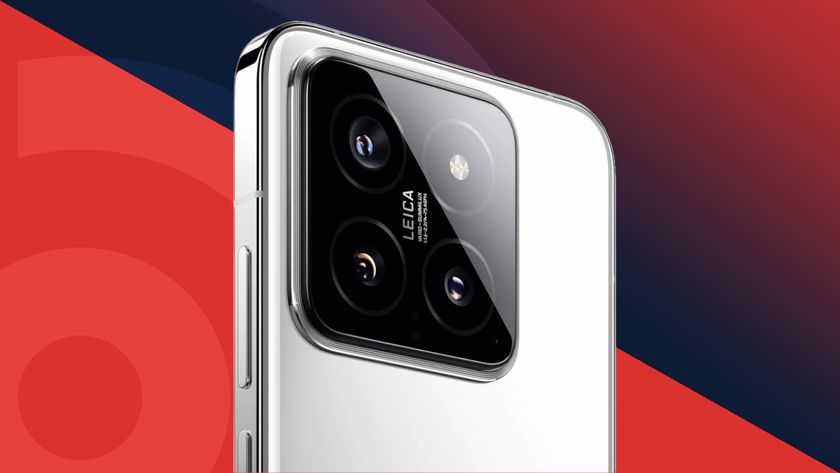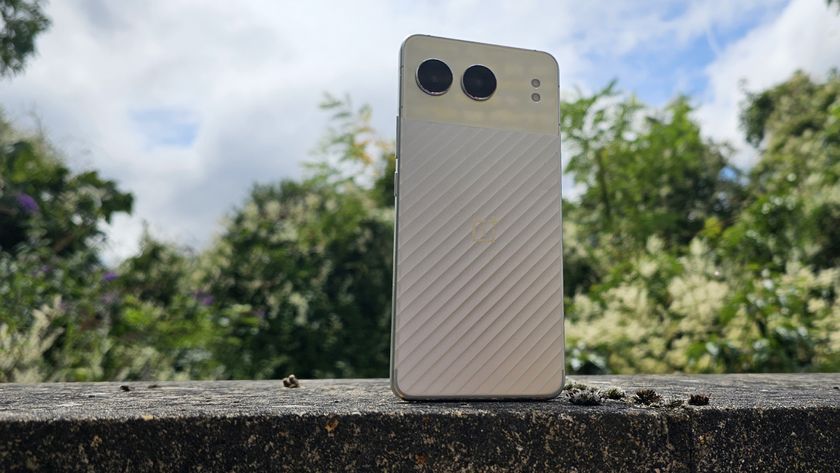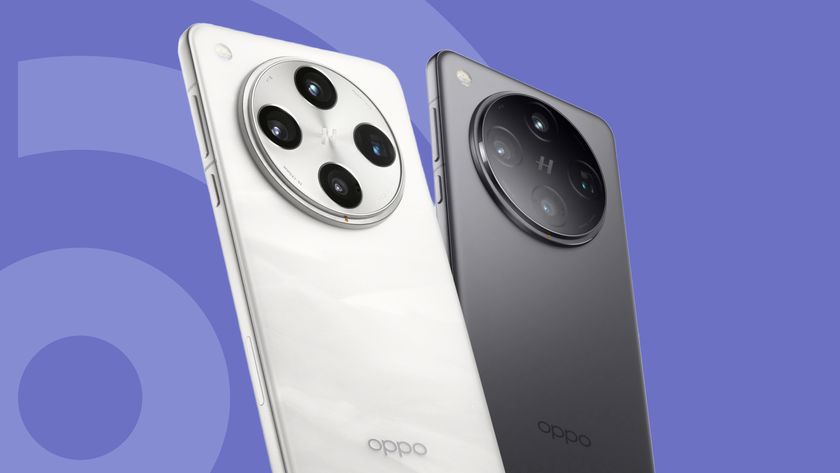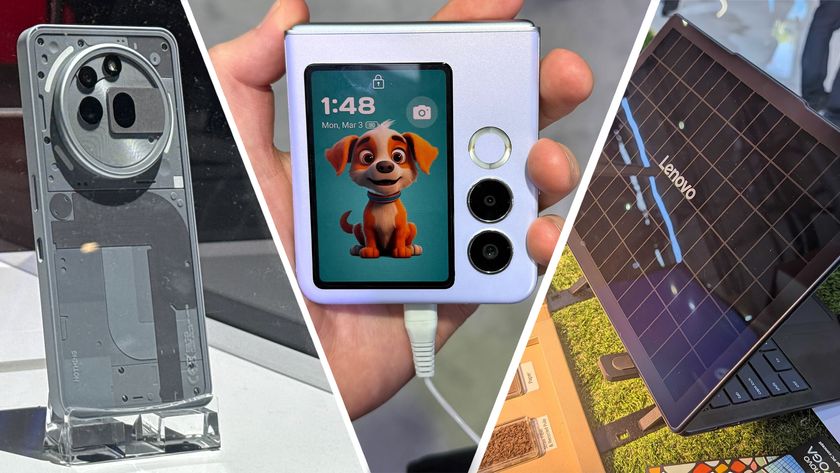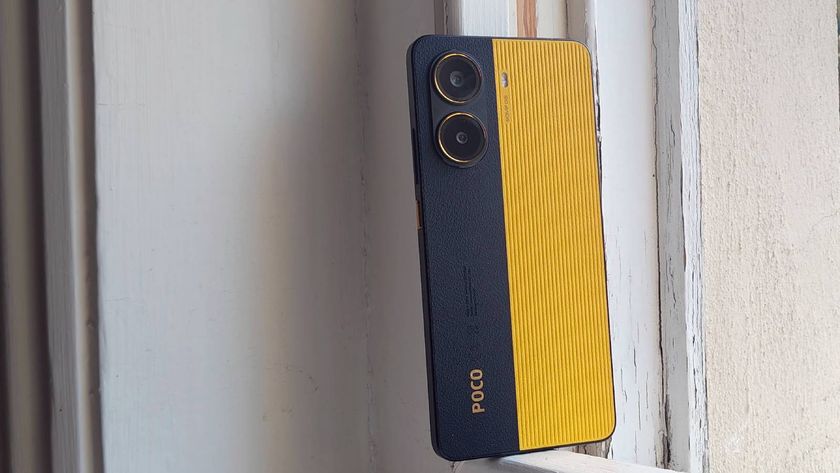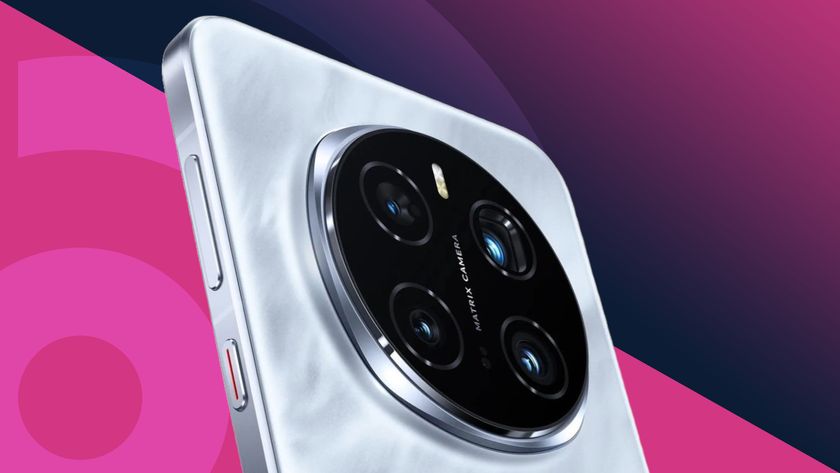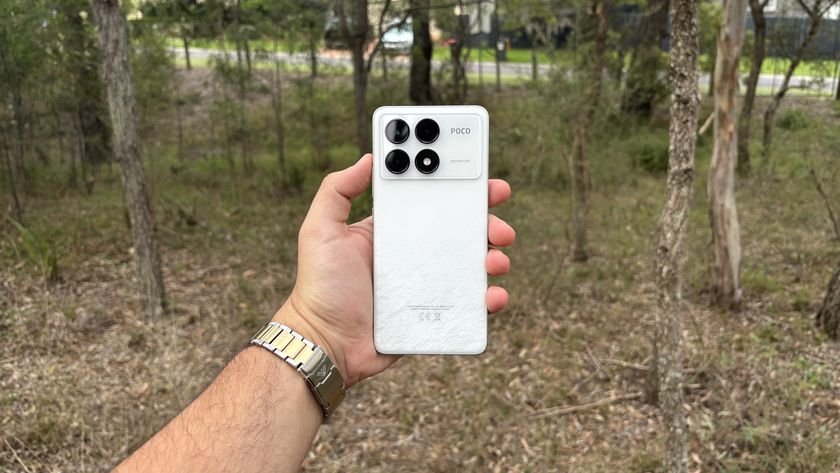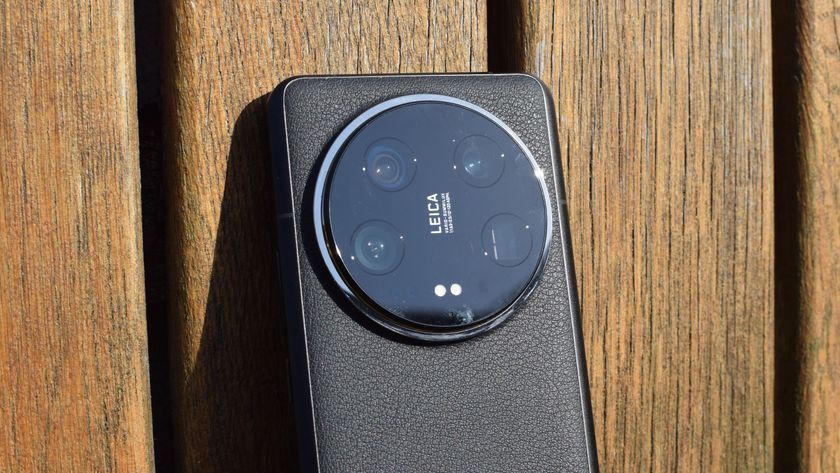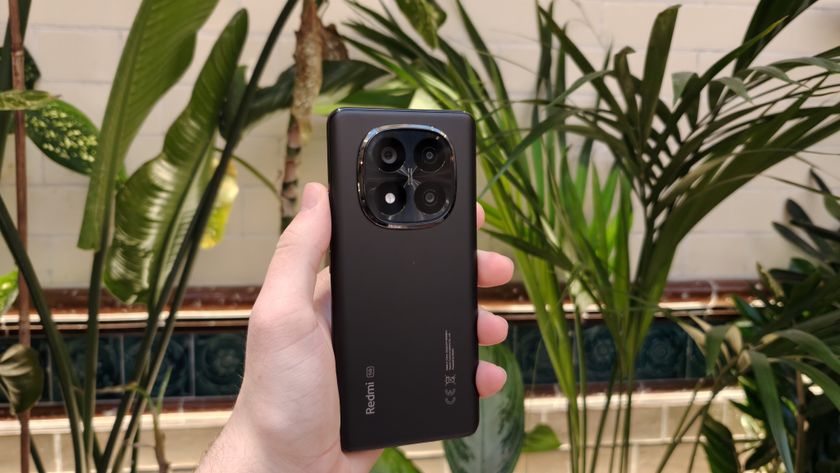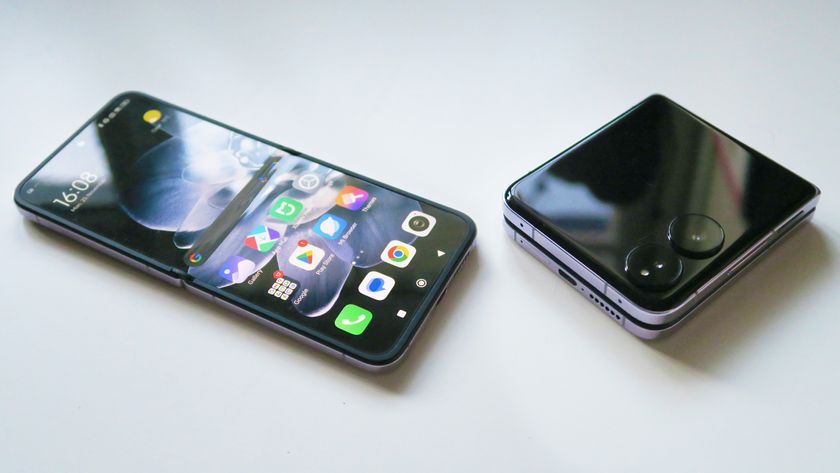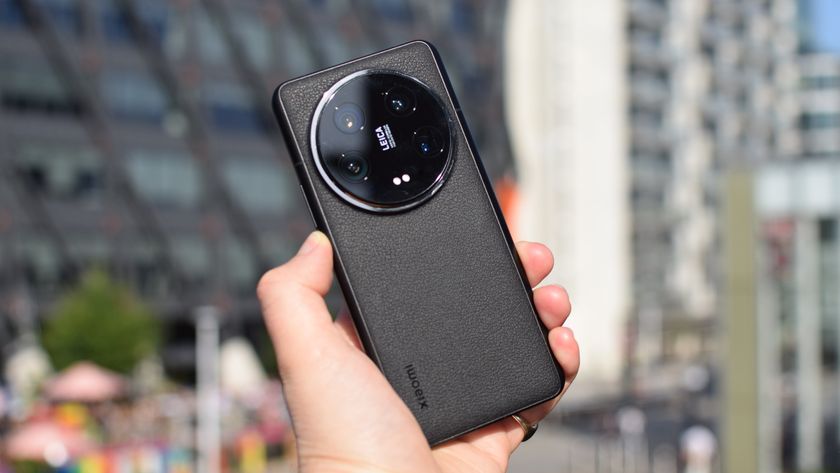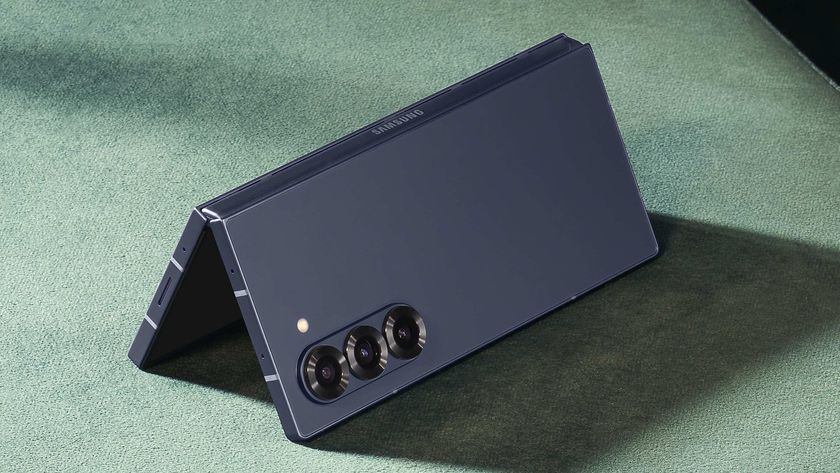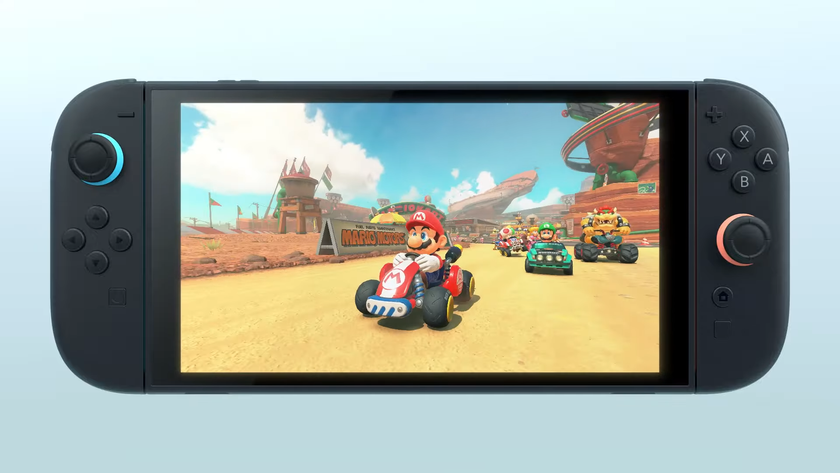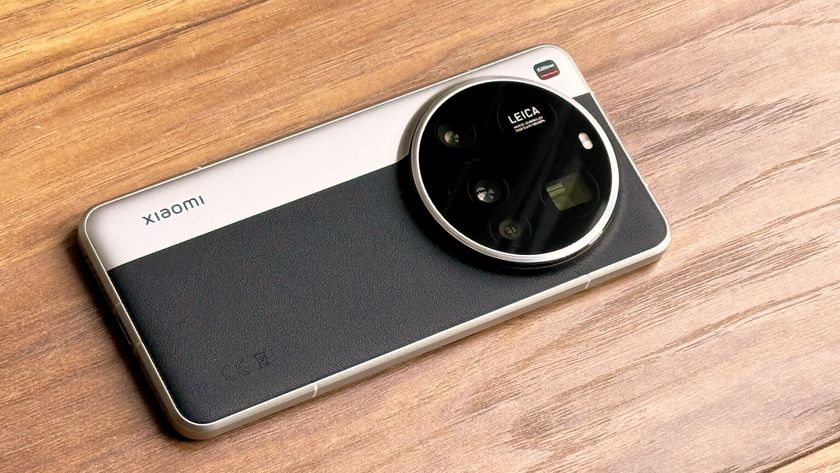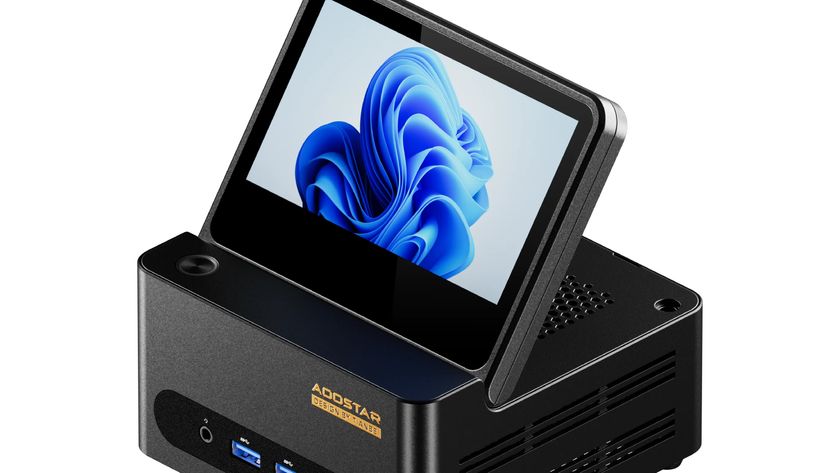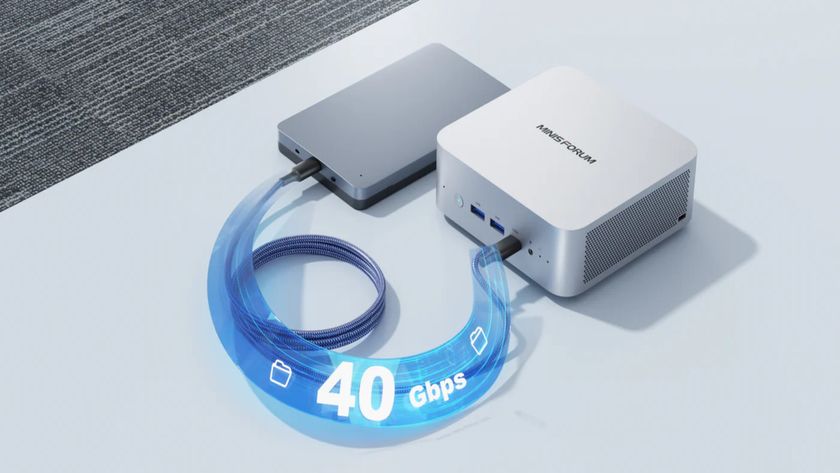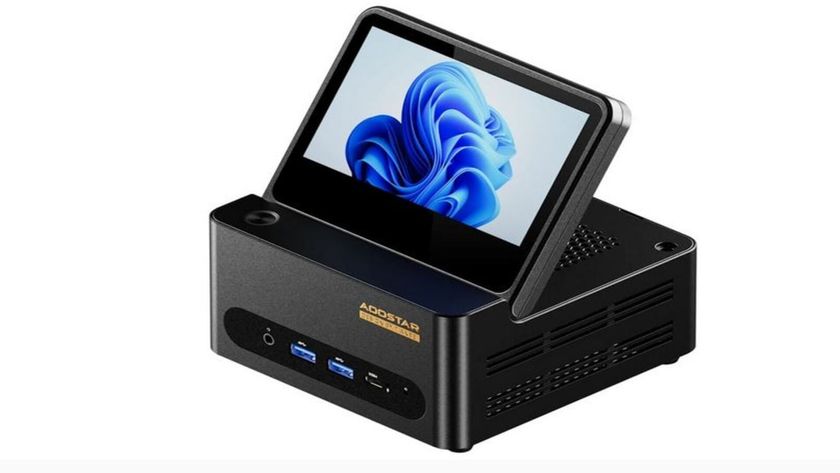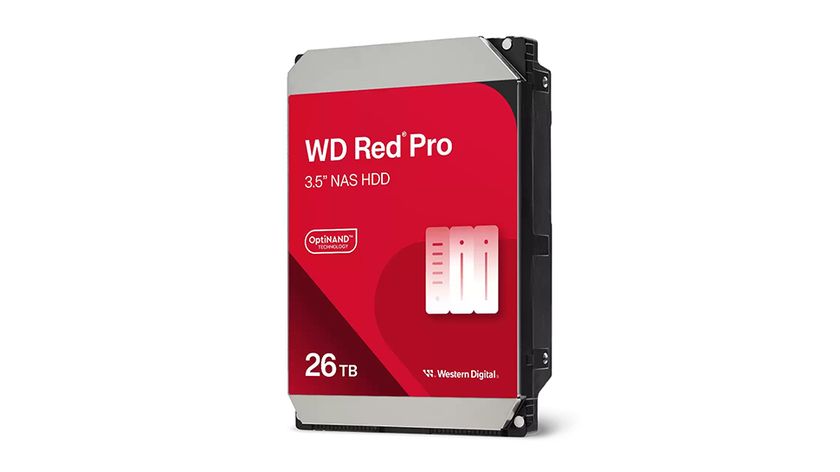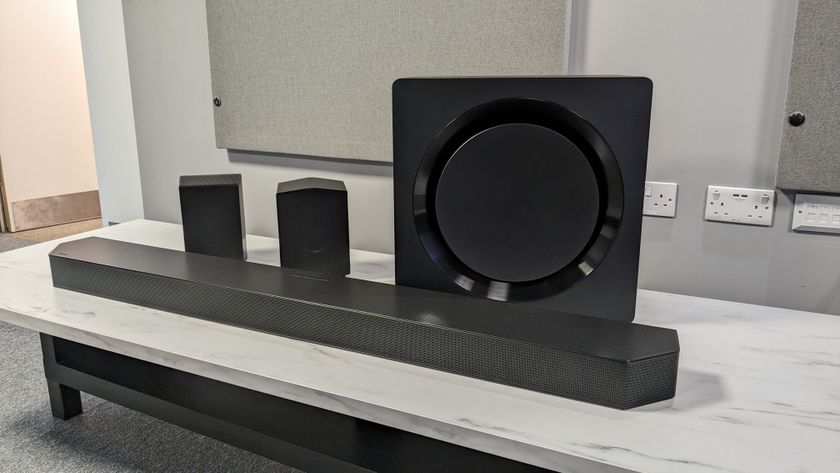What are Xiaomi phones? A brief overview of the company and its smartphones
Tell Mi about it
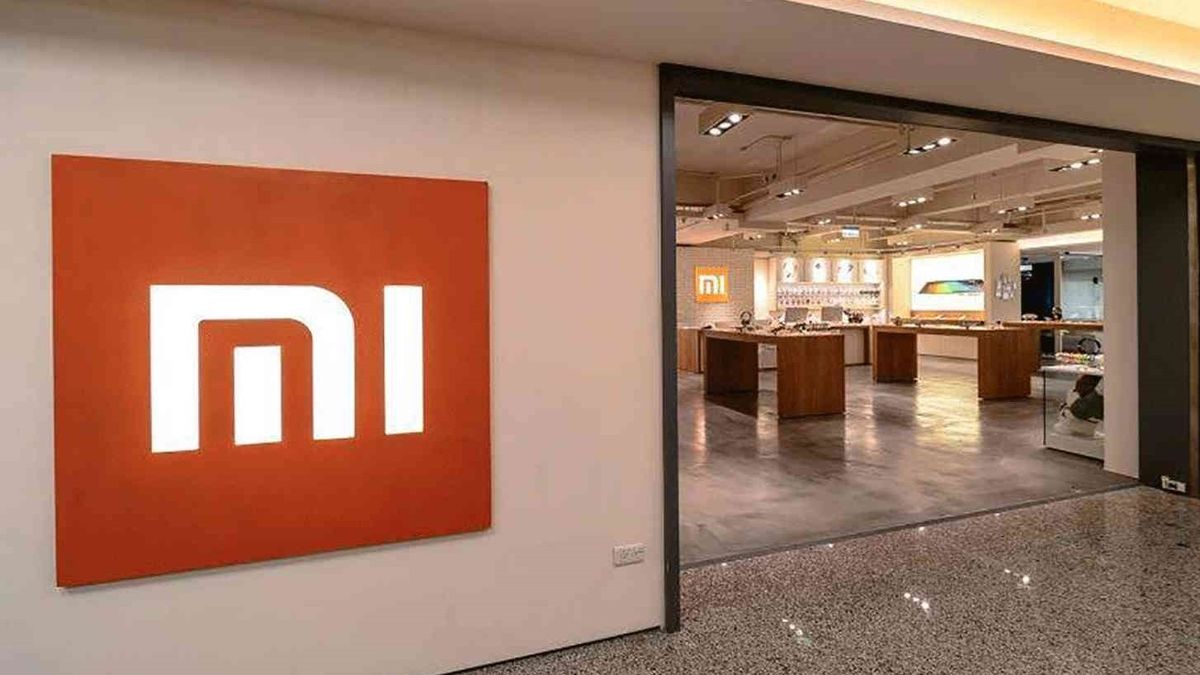
If you only now about one Chinese phone company, it should probably be Xiaomi, because the gadget giant is rapidly growing in the West. Putting out phones under its own name as well as numerous sub-brands, including Redmi, Black Shark and Pocophone, you've almost definitely heard of its devices.
Since 2018, Xiaomi has been making waves in the West. Now, it has a huge global market share, with no small part of that coming from the company having capitalized on the Huawei ban, which has damaged the latter’s growth.
Go into a phone shop in numerous countries around the world to buy a new handset right now, and it’s very likely that a Xiaomi phone would be in the lineup on display – whether under its own name or one of its many sub-brands.
Read on to discover the ins and outs of this huge player in the smartphone market, its products, sub-brands and more.
- These are the best Xiaomi phones you can buy
A brief history of Xiaomi
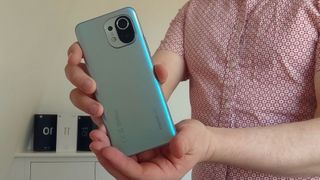
Xiaomi is surprisingly new for such a big company. Formed in 2010, it launched its first smartphone in 2011: the Xiaomi Mi 1.
The brand’s Redmi line was started in 2013, with Pocophone following in 2018. The Black Shark sub-brand of gaming phones were also first seen in that year, and while Black Shark and Redmi are technically owned by Xiaomi, both companies strongly down-play the connection.
Xiaomi started selling its phones in Australia in 2014 and in the United Kingdom in 2018. The company sells some smart home products in the US, but no smartphones.
Get daily insight, inspiration and deals in your inbox
Sign up for breaking news, reviews, opinion, top tech deals, and more.
What phones does Xiaomi make?
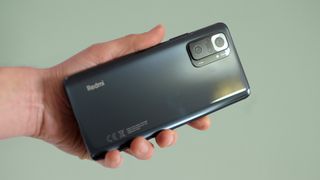
The Xiaomi Mi line of smartphones is the company’s flagship, featuring high specs and new camera advancements. In addition, Xiaomi tends to release a ‘Lite’ and higher-end version of the main phone, too.
This is followed, roughly six months later, by a ‘T’ version of the phone (or versions, with spin-offs of each version in the flagship line) that typically slots into the Mi line to flesh it out with options at other price points.
However, it doesn’t end there. There are more Mi phones in the form of the Mi Mix line – devices that were discontinued in 2019 but then resuscitated in 2021 in the form of a foldable phone – and the Mi Note line of mid-range, great value-for-money spin-offs of the Mi line.
It's worth pointing out that, since 2021, Xiaomi dropped the 'Mi' in its phones names - so the Xiaomi Mi 11 was followed by the Xiaomi 12. We still use 'Mi' now and then as it's an easy shorthand version of 'Xiaomi', and a simple way to refer to the main series of mobiles, but it's no longer an official part of their titles.
Next up is Black Shark, a series of gaming phones that come with high-mid-range prices and top specs. This line usually comprises a standard and ‘Pro’ version of the phone that have similar specs, with the Pro model including a few extra features such as physical triggers.
Pocophone is Xiaomi’s newest line of handsets, and are typically classed as ‘premium budget devices’. They feature some impressive specs (such as high-refresh-rate displays) at lower cost. On occasion these are launched in the West as rebadged versions of Redmi phones.
So, on to Redmi, which has two lines. There’s the Redmi Note range, which is very similar to Pocophone. They’re known for delivering top specs for low prices; for example, the Redmi Note 10 Pro was the first budget phone to include a 108-megapixel camera. These sometimes get T iterations, like the Mi series.
The Redmi A series presents super-affordable phones for people who don’t need top specs and just want a low-cost device.
Xiaomi phone availability information

Considering all the phones we’ve listed, you can imagine the company’s release cycle is sure to be a busy one. As already stated, Xiaomi sells its phones in most regions.
First up, the Xiaomi Mi line gets released in the first few months of the year, closely followed by the Black Shark phones. The Redmi Note generation for the year typically sees a launch around then too.
Later, the Xiaomi Mi T and Redmi Note T phones appear around six months later, to complement, not replace, the existing phones.
There’s less of a comprehensive launch pattern for Pocophone and Redmi A phones; in the past we’ve seen them launched at random intervals through the year. Unlike the majority of phone manufacturers, Xiaomi often tweaks its release patterns year-by-year, so take the above as just a rough guide.
Other tech Xiaomi sells

Xiaomi also brings many non-phone products to market.
There’s the Mi Pad line of tablets, which was scrapped in 2018 but will reportedly be revived in 2021, as well as Mi NoteBook laptops; these aren’t sold in all regions.
For wearables, the company has its Xiaomi Mi Band range of affordable fitness trackers and the Mi Watch collection of smartwatches, the latter of which was only launched in 2020.
Xiaomi sells lots of low-cost true wireless headphones, such as the Mi True Wireless, which are super-low-cost AirPods clones.
The company is also fairly well known in the electric scooter market, with its Mi Electric Scooter devices offering robust and relatively low-cost alternatives to the stalwarts in that market.
Finally, there are plenty of smart home products you can buy from Xiaomi such as lightbulbs, security cameras and scales, as well as a strange mix of other items such as pens, backpacks and Bluetooth selfie sticks. The company really is trying to do it all.

Tom Bedford joined TechRadar in early 2019 as a staff writer, and left the team as deputy phones editor in late 2022 to work for entertainment site (and TR sister-site) What To Watch. He continues to contribute on a freelance basis for several sections including phones, audio and fitness.
